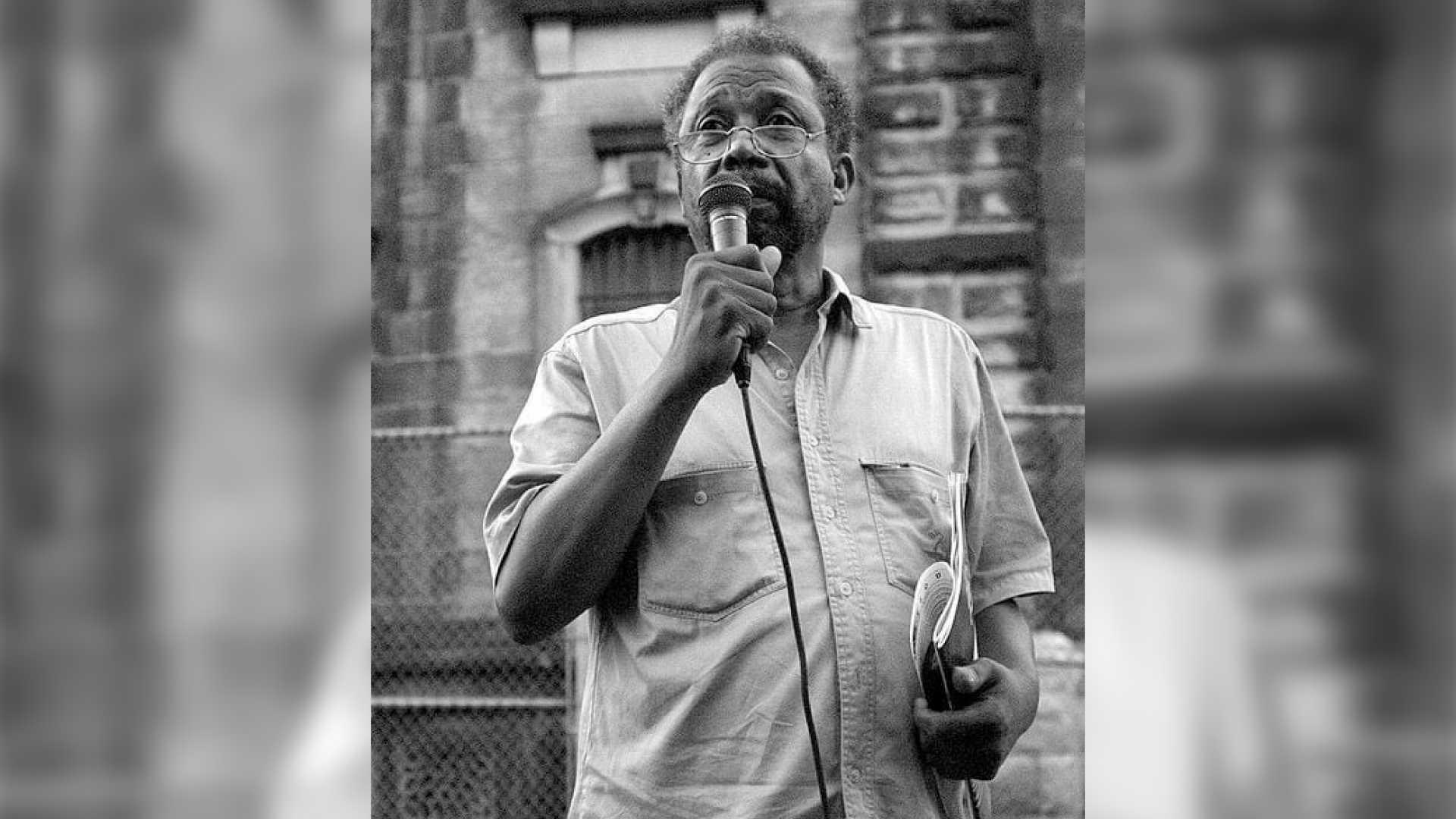BY PAUL JUNOR
Many in the African Canadian community who knew him personally over the years will certainly feel the death of Hubert Owen Leach on Wednesday, February 3rd, 2022.
He was born on August 16th, 1936, in Barbados and migrated to Canada after moving to England to further his education in Constitutional Law at the University of Birmingham, UK.
Norman Otis Richmond, political commentator and bluesiologist recalled the great contributions of Owen to the Black community in Toronto. This interview was held after the celebration of Owen’s 84th birthday at A Different Booklist Cultural Centre (ADBCC). Norman mentioned that Owen was involved in the struggles for African and human liberation movements in England, Montreal as well as in Toronto. Norman stated that one word that could be used to describe Owen is “Selfless.”
There was discussion about the significance of the change in his name from Hubert to Sankera. In the obituary posted on February 10th, 2022, on necrocancada.com, it states, “Brother Sankara, honoured the memory of that first African president of Burkina Faso, Thomas Sankara (1983 -1987) ‘assassinated by mercenaries’ opposed to an independent Africa.”
The obituary notes, “Owen as someone loyal, astute, scholarly; a community-based, family-builder, and a fighter. As cheerful as he was, he was fearless against injustice, for community, for the oppressed. He had a real love for people.”
He will be remembered for being one of the founding members of the Black Action Defence Committee (BADC) in 1988 along with activist Dudley Laws and lawyer Charles Roach. He served as Director and Treasurer of BADC. In addition, he was a committed member for many years for the Organization of Parents of Black Children (OPBC) that was founded in 1985 as well as the Caribbean Cultural Committee (CCC-Caribana).
Furthermore, he was one of the original organizers of the anti-apartheid movement in Toronto which was instrumental in the overthrow of apartheid in South Africa. There has been much outpouring of love from those who knew Brother Sankara in Toronto, which was expressed in the many glowing tributes to him on social media. Murphy Browne, radio broadcaster at Radio Regent wrote on February 4th, “He was an unsung hero, Pan-Africanist, social justice activist, Civil Rights activist and active member of several organizations. He was a freedom fighter in the spirit/traditions of Bussa and Nanna Grigg.”
On February 5th. Kingsley Gilliam wrote on his Facebook’s page, “He was a passionate Pan Africanist, who worked and fought assiduously for the advancement of African Liberation, and against racism in all its forms.”
Owen leaves behind his two children, Marlon and Fayola; grandchildren Rizon and Asher Leach and sister Marjorie Leach. His funeral service was held at New Haven Chapel on Thursday, February 17th, 2022, at 4:00 pm. There is no doubt that Hubert Owen ‘Sankara’ Leach will be remembered for his selfless dedication to the betterment of all people.

